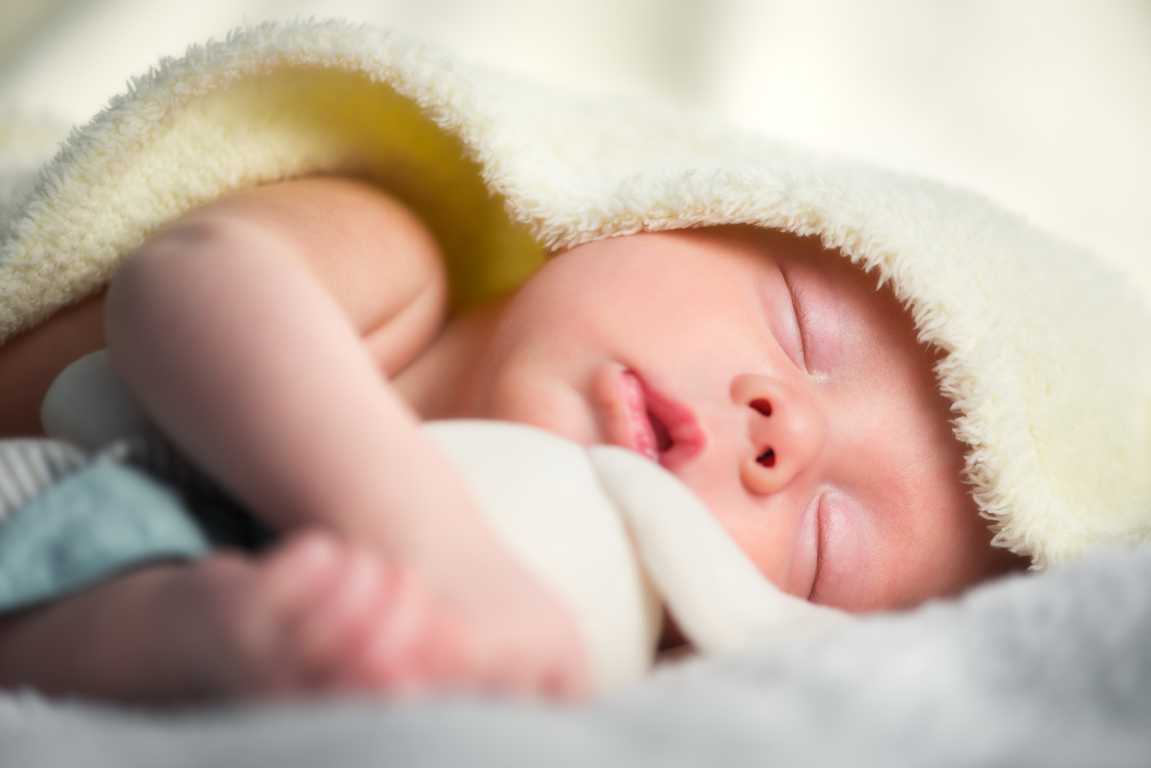When it comes to sleeping, it really is a luxury for most new parents, therefore it is important to maximize what little you have. And there are actually many sleeping options that you can try so that both you are your baby feel comfortable at night, until it’s time to transition and sleep on their own. Co-sleeping has become very popular and controversial over the past few years.
Co-sleeping is sleeping close to your child in the same bed or room. Here are several types of co-sleeping with your child:
Bed-sharing – Parents sleep with their child in the same bed.
Two beds in the same room – This includes the baby having his or her own crib or bassinet which is near the bed of the parents.
Sidecar arrangement – The baby’s crib is attached to the side of the parents’ bed near the mother.
There are many advantages of co-sleeping that is why some parents prefer to practice this with their baby. Parents do get more sleep when co-sleeping with their baby. Breastfeeding is easy because the baby is right there in the same bed or room with the mom. In effect, the baby gets more sleep too because moms can easily feed their baby who is just beside them. Co-sleeping also prevents bed time hassle of having to go another room to feed your baby.
Some parents say that co-sleeping is dangerous but for those who practice this, it is important to know how to do this safely. In fact AAP recommends co-sleeping with your baby for six months up to a year as it prevents SIDS (Sudden Infant Death Syndrome) by as much as 50%. Putting your baby in her crib near you, just a few steps away is safe and will help you both get enough sleep.
Sharing a room with your baby helps her sense develop. It helps your baby learn how to respond to movements, smell, sound and touch. Putting a baby in one room alone with walls and closed door does not help the baby with sensory development.
It is important to know the physical and social conditions of parents and infant before practicing co-sleeping. As long as parents and baby both feel comfortable and safety cautions have been done, it is okay to practice co-sleeping. Whether the baby sleeps on the same bed as the parents or in her crib, it is important that your baby sleeps on her back, no smokers in the same room, under a comfortable lighting and heads should never be covered with anything. So it is a good idea to not have any thick blankets, and if avoid bringing any sheets near the baby.
As your baby grows, she may not want to sleep all night, or you may want to put her on the same bed or her own crib, but with trial and error, you will find the method that will work best for both of you.
Co sleeping actually saved my breastfeeding journey, it was so tough to be up all night, rocking my baby to sleep, to only find that he would wake up crying as soon as I laid him down on his crib. So co sleeping really was the best alternative for us, we made sure that we practiced safe sleeping guidelines, and it was awesome at allowing our son to reach his milestone of being able to sleep through the night. Soon after he was able to sleep in his own room.
Sleeping arrangements are an intimate family decision which is made based on what actually works for that particular family, so there is not really any right or wrong, however it is important to consider the risk factors and be as safe and cautious as possible. What method did you feel was best for you and why? Was part of your decision based up on breastfeeding ease maybe?






